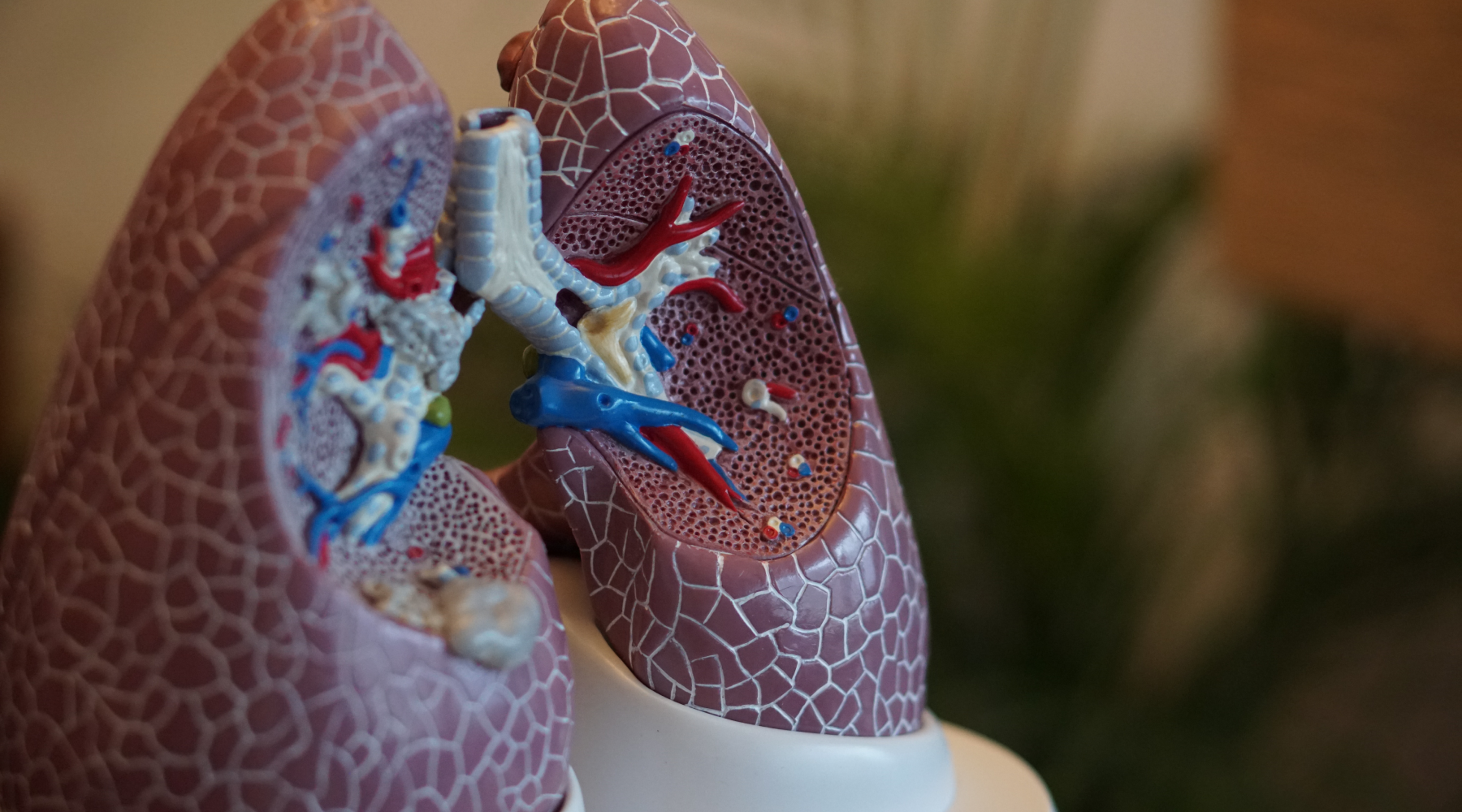But I breathe ALL DAY LONG… do I really need to work on it?

Well, in short, YES!
If you are a living human being, you are breathing on a regular basis. In fact, you are doing it about 20,000 times a day. The alternative, as far as we know, would render you incapable of staring at your computer screen to read this blog post. But just because you are breathing, doesn’t mean you are doing it well. In fact, most of us have significant room to improve. From helping with chronic neck or back pain to improving your strength and performance, working on improving the way you breathe can have a huge payoff.
The way we breathe (what muscles we use and how we coordinate those muscles) is programmed into our brain and is automatic. Thankfully, this means we don’t have to think about breathing, it just happens. Can you imagine how little we would get done if we had to remember to take a breath every few seconds? After we are born, the majority of us develop good breathing patterns. We primarily use a muscle called our diaphragm for breathing. But along the way, things happen that cause new programs to take over changing how we breathe and the muscles we use.
Things happen? Like what?
There are many things in our lives that can begin to change how we breathe, including, but definitely not limited to:
- Work conditions (i.e. sitting at a computer all day, job requires lifting and bending)
- Workout habits (pulling your stomach in to tighten your core, consistently pushing yourself beyond your limits or lifting heavy weights)
- Anxiety and Stress
- History of respiratory issues (bouts of bronchitis, sinus infections, etc that make it difficult to breathe)
- Poor posture (sitting in “bad” positions, holding stomach in to “look good”)
When we develop alternative programming, or ways of breathing, we start using muscles that are not supposed to be used as primary breathing muscles. These muscles include neck, back and/or chest muscles. Sure, these muscles can get the job done, but they are not as effective or efficient as our diaphragm muscle. Besides, they have other work to do, things like turning your head or helping you push a door open. You know how you feel when you are asked to do someone else’s job in addition to your own? Not exactly your favorite thing, right? It is the same with our bodies. When a muscle compensates for another muscle, it puts a lot of strain and stress on our tissues and joints making them irritable, often leading to pain.
First step, do this quick test Good diaphragm breathing involves 360-degree expansion of your abdominal wall and all the way around your trunk as you inhale. Often, before we work on getting this 360 breathing, we must first start by learning to get the expansion into our low stomach without our chest rising. Take a look at the video below to do a quick first step test on yourself and learn how to start the process of training good 360° breathing!
Just start with 5 min twice a day
At core360 belt, we encourage everyone to include a breathing program as part of their wellness and fitness routine. Even 5-10 minutes a day can make a difference. They nice thing is that you are already doing it every minute of every day, throw in a bit of conscious training and you can begin to reap the rewards of breathing right!
Next up: what does breathing right look like?
There are so many benefits to improving your breathing, including better core stabilization and movement. We are here to help you achieve your movement and fitness goals. In future posts, we will include educational information (the more you know, the easier it is to put it into action) as well as tips for how you can best utilize the core360 belt to make training your breathing and movement easier.







Leave a comment